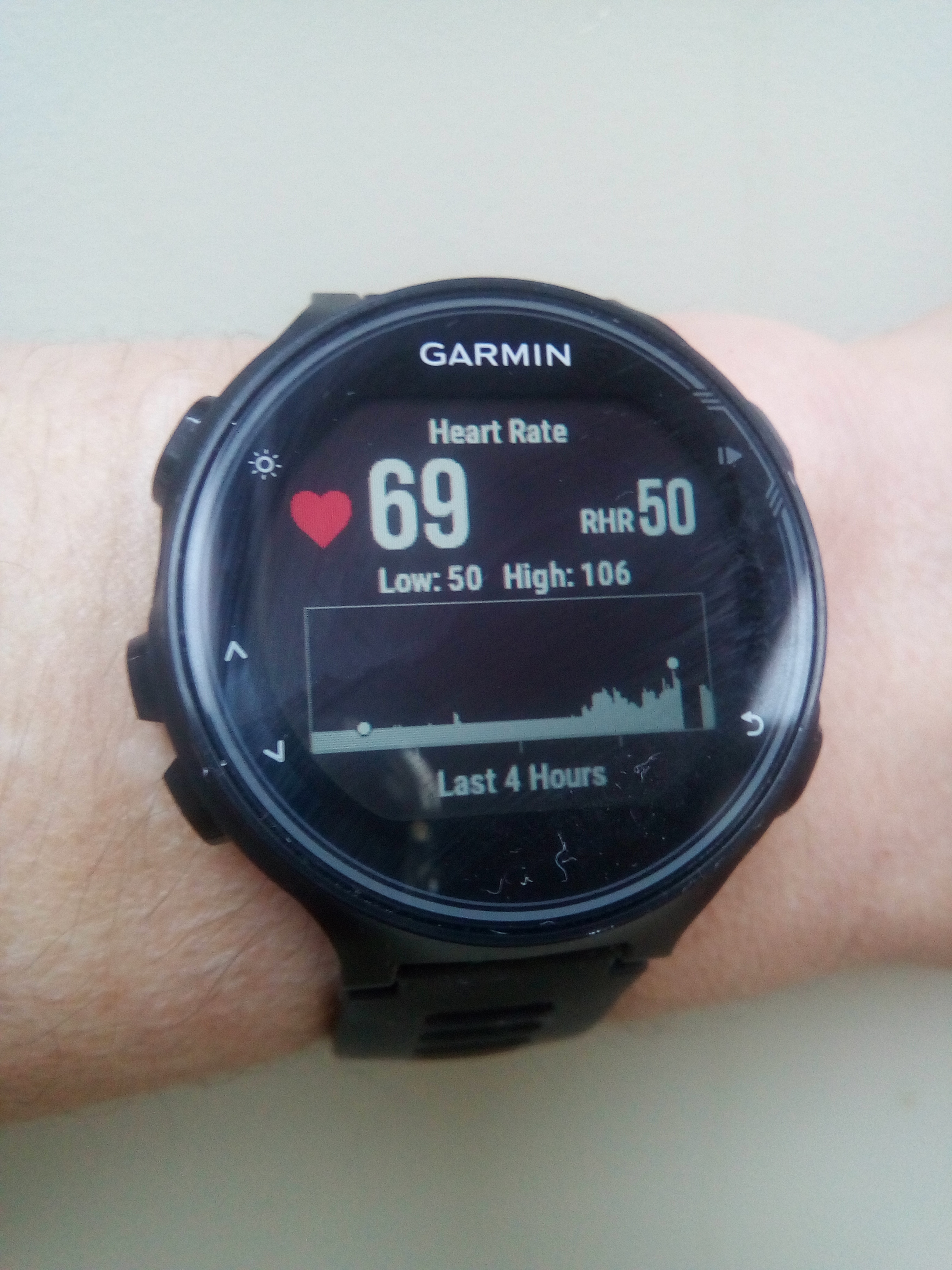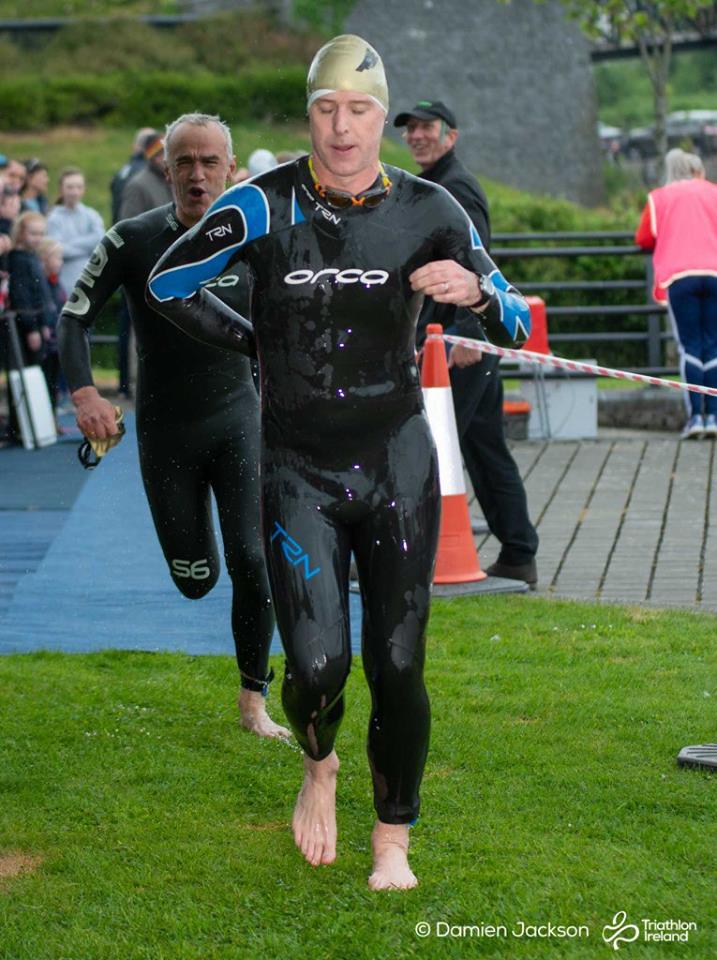
Why are triathlons mentioned in a blog about animals?
Most of my blog posts are based on my work as a veterinarian, but from time to time, I like to write about another of my life’s passions: triathlons. Like most people I am about more than just my choice of work, and I believe that it’s useful to talk about this stuff publicly rather than keeping it all private.
My aim with triathlons is to be motivated to be bothered to take exercise on most days of the week: I know that left to my own devices, I don’t do that, ending up overweight and unhealthy. Once I realise that a triathlon race is on the horizon, I have no option: I need to exercise to avoid utter public humiliation. This was the theory that got me into triathlons initially, but by happy coincidence, I have also learned that it’s great fun taking part in such events.
Like most triathletes, I train all year round, but the race season only runs from May to September. So last weekend, my race season started with a sprint triathlon in Carlow; here’s my report of the day.
a leisurely chauffeur driven start to the day
The race didn’t start till 12.30pm, so there was no need for the usual pre-dawn awakening. Eamonn Tilley, of ET Sports, kindly picked me up from my home at 9am to drive me to the event. As if being my personal coach and friend was not enough, Eamonn really does go beyond the call of duty, over and over again. So on Sunday morning, I was given step by step instructions about how to tackle the race while he drove me the 90 minutes from Bray to Carlow. Thanks for this Eamonn – it helped immensely.
don’t forget to smell the races
There’s always an element of pre-race nerves: the sight of the up-market bikes, the wetsuit-clad competitors and the crowds assembling around you are enough to get the adrenaline flowing. As someone once said, it helps to recast this pre-race anxiety as anticipatory excitement. There is a great buzz around a triathlon, and it’s something to savour.
The highlight of the race for me: Wicklow Triathlon Club

I’m a member of Wicklow Triathlon Club, and Carlow was one of our designated club races this year: twenty six of us competed yesterday. This gave the event a lovely team-like atmosphere. We were all in it together, supporting one another. Before, during and after the race, there was a great camaraderie. This friendliness helps hugely in an environment that could otherwise be stressful and challenging. Thanks to everyone who was there!
My Garmin kit made sure that I stayed focussed
I’ve used different types of watches and timers over the years, but these days, I have found a simple set up that works for me: the Garmin Forerunner 735XT watch. This is slim enough so that it can be worn as a standard day time watch, but it has enough internal technology to be able to measure everything that needs to be monitored, both in training and on race day. From swim times (in the pool and in open water) to running data (pace, distance, cadence) to biking information (pace, distance, cadence) to general physiological stats (heart rate, sleeping time and more) , the watch records it all, and uploads it to the Garmin Connect website. This lets me keep track of all the information needed about my exercise and recovery, and I can easily share it with my coach too.

On race day, it’s just a case of using “triathlon” mode on the watch: one button press after each discipline, and the swim, bike and run can be timed, along with all the data about my performance. So I can glance at my watch at any time to see how I am getting on. If my pace is too slow, I need to speed up. If my heart rate is too low, I need to work harder. I’ve learned what works for me, and I know that if I don’t keep myself informed about these various biological parameters, I tend to ease off, racing too slowly.

It is difficult to look at a wrist watch when you are racing on a bike, so the clever Garmin folk have a fix for that too: the Garmin VariaVision is an electronic device that clips onto the side of your bike sunglasses. It holds a small screen, measuring 10 x 15mm or so, but when you see it through your glasses, it looks big enough to show four key pieces of information while you are biking: heart rate, distance covered, speed and average speed. Or if you prefer, you can see your cadence, your power, whatever physiological data you wish. For me, I like to keep my heart rate around 150 per minute, I like to know how far I have come (and so how far I have to go), I like to know how fast I am going (aiming at 35km/hour) and I want to know what my average speed has been in the whole race. I can see all of this by just glancing upwards through my sunglasses while I am cycling, without any need to look down at a device on my handlebars or at my watch. It’s an easy, safe way of monitoring what’s going on in the bike section of a race.
stage one: the 750m swim in the river
I was in the fourth wave of the Carlow race, so I had seen three groups of seventy people go ahead of me. We had to swim up-river for 250m, then down-river for 500m. The broad plan was to stay close to the river bank going up (less current at the edges) then close to the middle of the river (with more current pushing you in the right direction) when swimming down river. That was the theory: in practice, when you are in cold water, in a wetsuit, flailing around with over fifty other folk battling beside you, it is difficult to do much other than “keep going”. I was in the water for almost fifteen minutes, and was pleased to be able to get out and start running towards my bike. I may not look pleased in the photo below as I chase the guy in front of me, but I was certainly feeling full of energy and enthusiasm at that stage.

Stage two: the 20k bike ride
The bike segment was simple: out along closed roads, slightly uphill, for 10km, then back down along the same closed road for 10km, making the total 20km. You can see the route on the image below from my Garmin Connect account, downloaded from my 735XT watch this morning. The graphs below show the satellite image of the course, the gradient (steady up out, steady down on the way back), my speed (slow going up, faster going down, obviously) and my heart rate (again, obviously fast as I struggled up the hill, slower as I sailed down again). With hindsight, I didn’t push myself hard enough on the bike: my time of over 40 minutes could easily have been three or four minutes faster. I should’ve spent more time training on the turbo (stationary bike) in the winter. You know what they say: “winter miles make summer smiles”. Well, not enough winter miles made for summer frowns in my case yesterday.

Stage three: the 5k run
The run is my favourite part of a triathlon: I was a runner before I ever became a cyclist or tried to become a swimmer (I’m still trying). It was an easy, flat run out and back along the riverside: you can see from the elevation profile below that there were no hills. This meant that it was easy to keep up a steady enough pace (around 4 mins 25 per km for me), and my heart rate gradually built toward the end of the race, as you’d expect as the finish line approaches.

It can be difficult to keep up the motivation over the whole period of a race like this, so it was a great help as I approached the finishing line to hear the supportive cheers of the Wicklow Triathlon Club crew: one of the great things about club colours is that they can spot “one of their own” from the distance, shouting loudly to egg us along to make a final effort.

The finish
So I finished the race in one hour and twenty minutes, a long way behind the winner (who did it in just under an hour) but a good bit ahead of the last person too. Triathlons rank competitors in their age groups, within a five year bracket: so in my age group, I was seventh out of nineteen, which is 37% in percentage terms. Everyone has their own goals in triathlons: I know that for me, being in the top third is my aim. I could never be in the top 10%: I just don’t want to spend that much time and effort training. So yesterday, 37% was OK, if not quite the “less than 33%” that I’d aimed for.
The season has just started: I have plenty more opportunities to meet that goal.
After the finish
There’s always a bit of banter after a race, with folk comparing race outcomes, talking about what happened – and what didn’t happen. Humans are social, and the buzz around the end of a race is always enjoyable. We are all perked up with natural neurotransmitter happy hormones: endorphins, dopamines and serotonins. Not to mention cake (kindly supplied by the race organisers).
I had my first outing of a Christmas present: a DryRobe, which is a special type of post-training overcoat designed to keep you warm and dry, as well as allowing you to change clothing modestly while zipped up inside it.
Just before the photo below was taken, someone had asked me a tricky question: “What does a Scotsman wear under his DryRobe?”
Well, now you know.
The race in Carlow was typical: hard work, but enjoyable. For people who’ve never considered doing a triathlon – why not give it a go? Anyone can do it, and it’s both exhilarating and challenging.




Please note that I am unable to answer veterinary questions in comments. If you have questions or concerns about your pet's health it is always better to contact your vet.